New wave of precision medicines amplify or silence genes, without altering genetic code
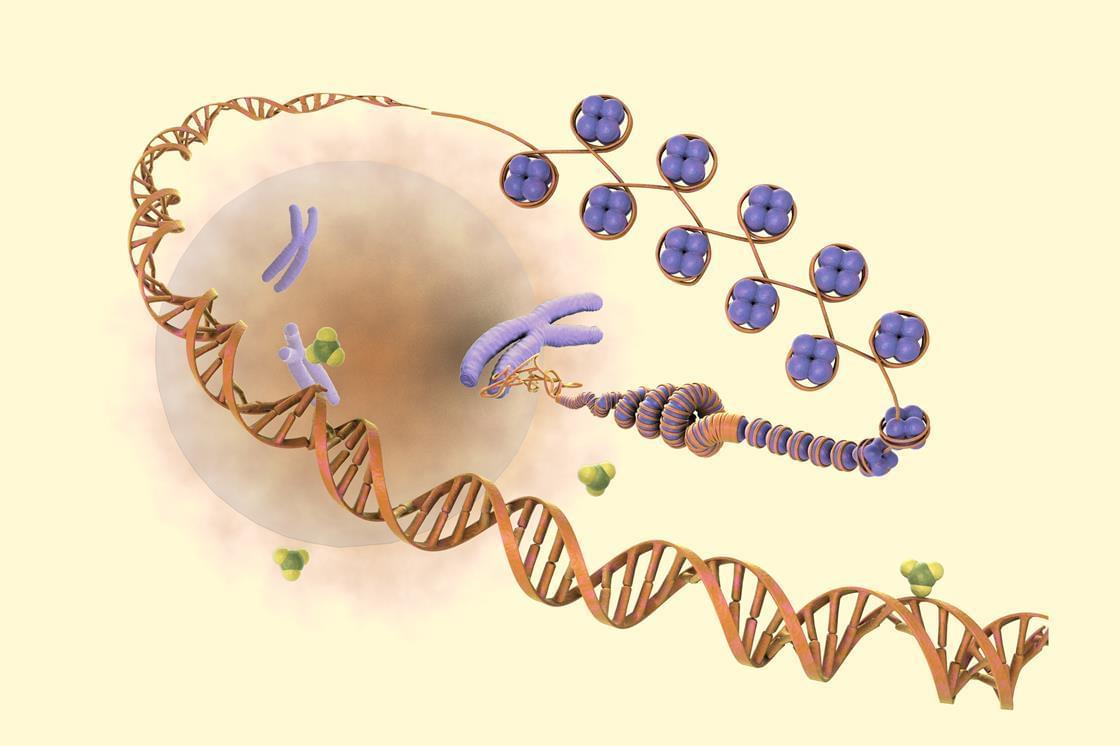

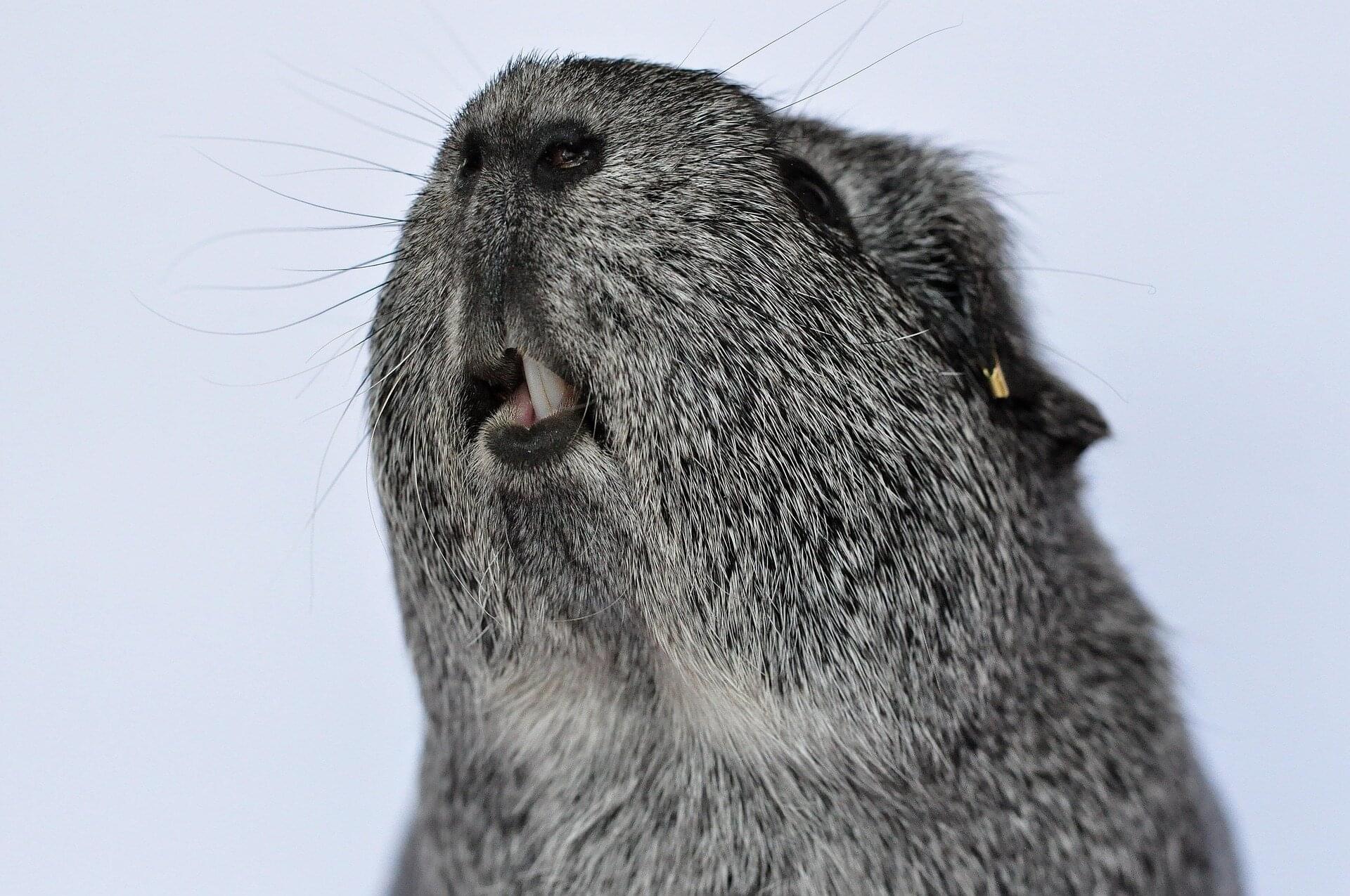
Teeth may seem like static fixtures, but a new collaboration between engineers and clinicians is proving just how dynamic, informative and medically significant our teeth can be.
In a study, published in ACS Applied Materials & Interfaces, engineers and dentists come together to uncover how teeth, as biological material, hold key information for understanding rare craniofacial disorders that develop during childhood.
Kyle Vining, Assistant Professor in Materials Science and Engineering (MSE) and in Preventive and Restorative Science at Penn Dental Medicine, leads this interdisciplinary team, which includes Yuchen (Tracy) Jiang, a former master’s student in MSE, Kei Katsura, a pediatric dentist and KL2 postdoctoral research scholar at Children’s Hospital of Philadelphia (CHOP) and the Institute of Translational Medicine and Therapeutics at Penn, and Elizabeth Bhoj, Assistant Professor of Pediatrics in Penn Medicine and the Division of Human Genetics at CHOP.

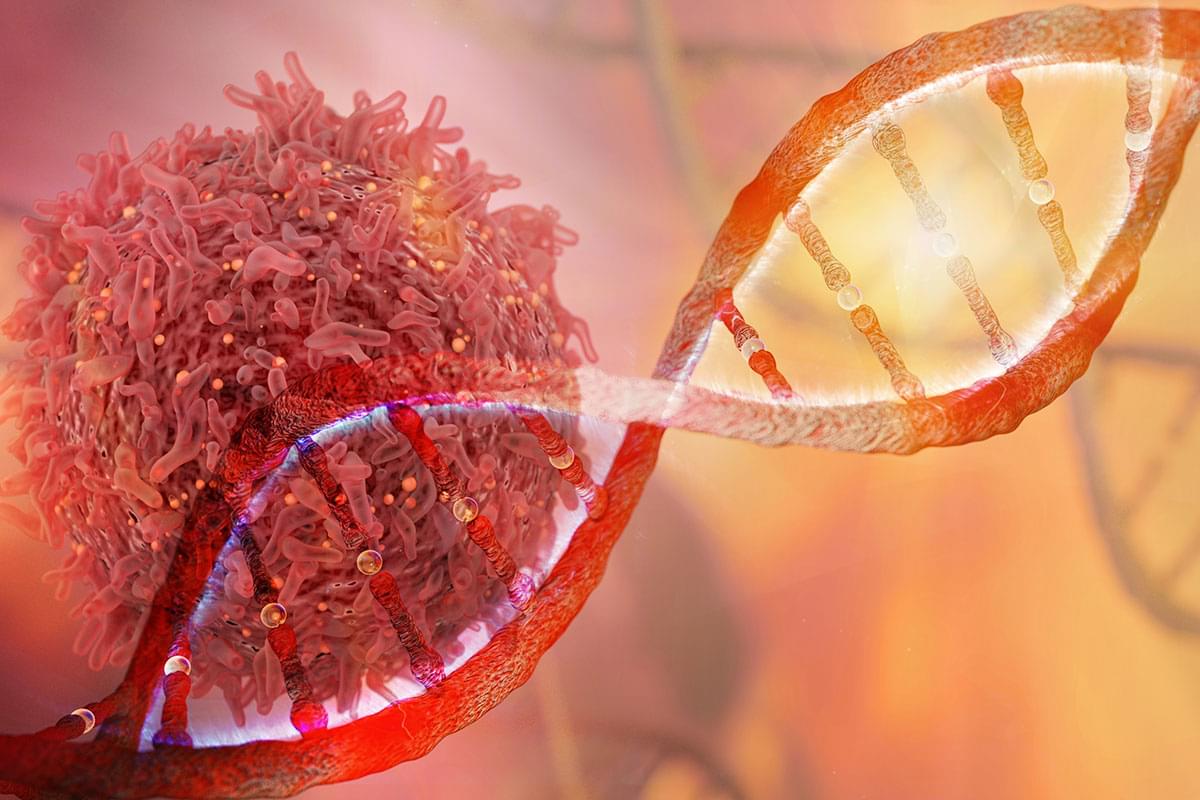
Most cancer genome studies have focused on mutations in the tumor itself and how such gene variants allow a tumor to grow unchecked. A new study, led by researchers at Washington University School of Medicine in St. Louis, takes a deep dive into inherited cancer mutations measured in a healthy blood sample and reports how those mutations might take a toll on the body’s cells starting at birth, perhaps predisposing a person to develop cancers at various stages of life.
The authors analyzed the inherited genomes of more than 1,000 cancer patients and determined how inherited mutations — also known as germline variants — result in malfunctioning proteins, which in turn can impair physiological activities. The findings have implications for determining an individual’s inherited cancer risk and informing potential new strategies for prevention, early detection and treatment.
The study appears April 14 in the journal Cell.
Findings could help predict cancer risk over a person’s lifetime, develop prevention strategies.
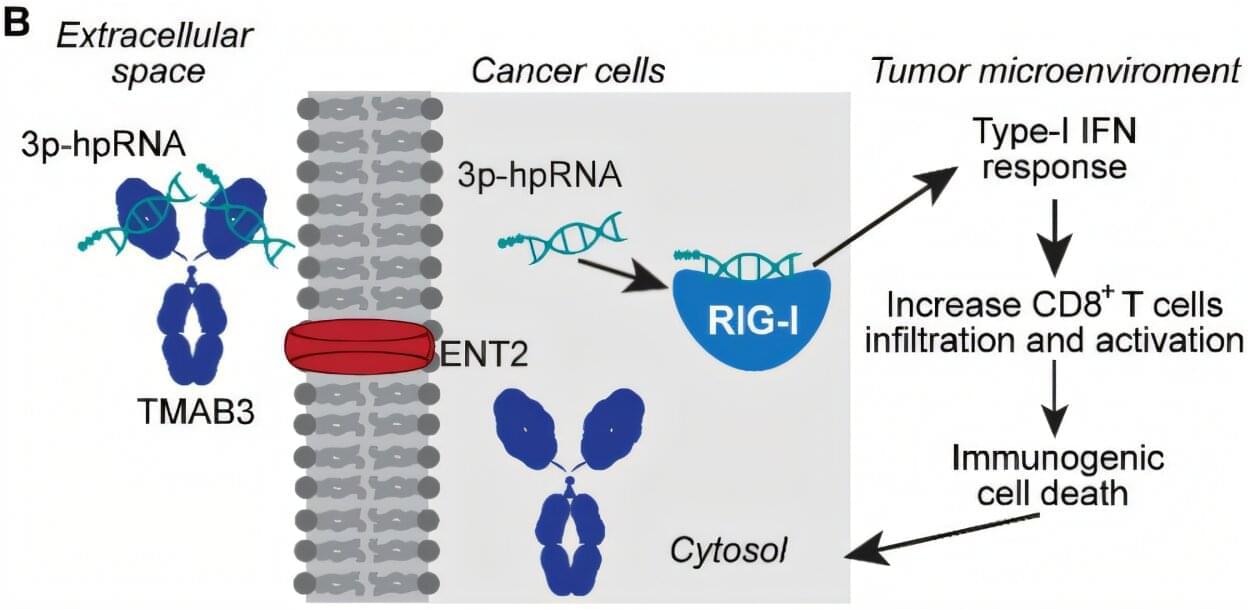
A specially engineered antibody that can accurately deliver RNA treatments into hard-to-reach and hard-to-treat tumors significantly improved survival and reduced tumor sizes in animal models, according to a study reported in Science Translational Medicine.
The study provides evidence that, once injected into the bloodstream, the antibody TMAB3, combined with a type of RNA that stimulates an innate immune reaction, can localize to tumors and penetrate and destroy stubborn diseased cells in pancreatic, brain, and skin cancers.
“Delivery of RNA-based therapies to tumors has been a challenge. Our finding that TMAB3 can form antibody/RNA complexes capable of delivering RNA payloads to tumors provides a new approach to overcome this challenge,” says Peter Glazer, senior author and Robert E. Hunter Professor of Therapeutic Radiology and Genetics at Yale School of Medicine (YSM).
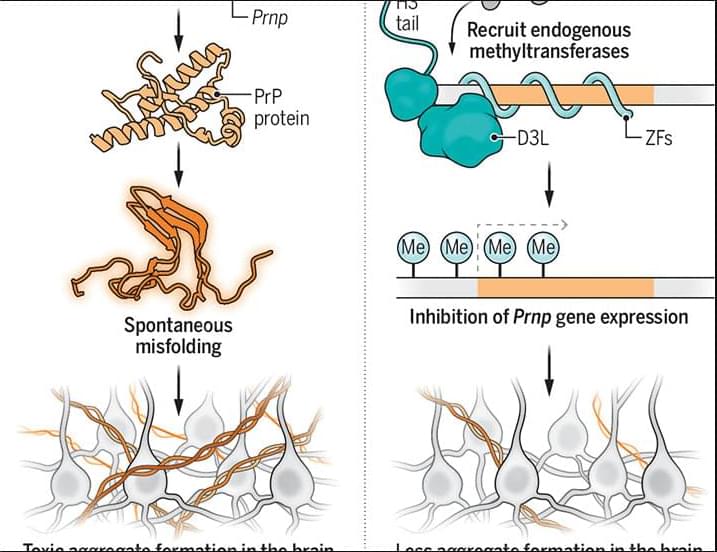

Eight healthy babies have been born in the UK using a new IVF technique that successfully reduced their risk of inheriting genetic diseases from their mothers, the results of a world-first trial said Wednesday.
The findings were hailed as a breakthrough which raises hopes that women with mutations in their mitochondrial DNA could one day have children without passing debilitating or deadly diseases on to the children.
One out of every 5,000 births is affected by mitochondrial diseases, which cannot be treated, and include symptoms such as impaired vision, diabetes and muscle wasting.

To analyze the genome of pancreatic cancer cells, NIST researchers used 13 distinct state-of-the-art whole genome measurement technologies, some of which were only recently developed.
Each method identifies the sequence of DNA nucleotides — adenine (A), cytosine ©, guanine (G) and thymine (T) — in an individual’s genome. However, the methods produce slightly varying results and have different strengths and weaknesses.
NIST’s dataset contains separate results for each of the 13 techniques used to sequence the cancer genome. Scientists performing their analysis can compare their data with NIST’s. If there are discrepancies, they can then determine whether their equipment is working properly and remedy the problem if not.
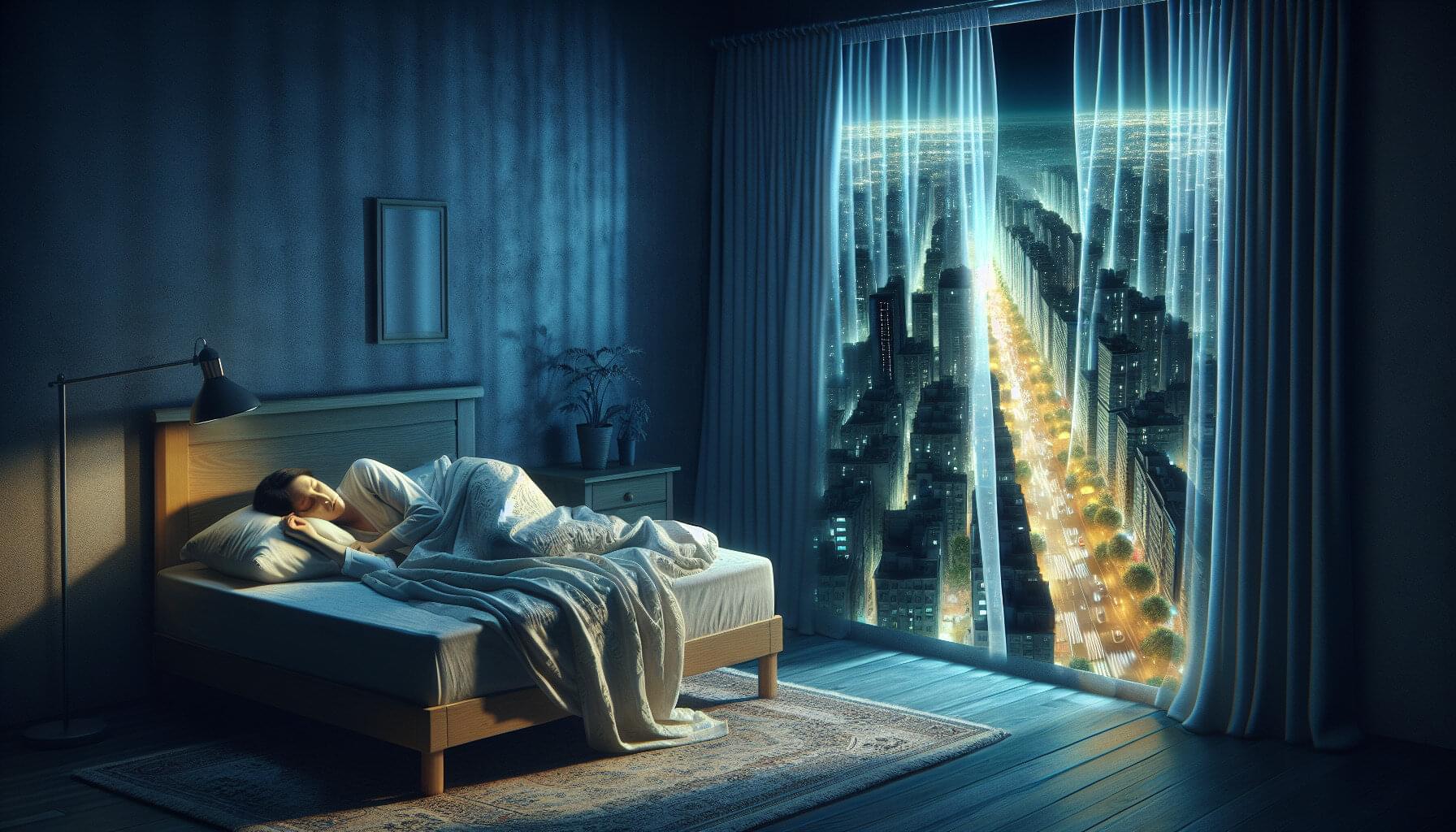
Flinders Health and Medical Research Institute researchers, along with colleagues in the UK and U.S., have linked brighter night-time light exposure to elevated risks of five major cardiovascular diseases.
Circadian rhythms govern fluctuations in blood pressure, heart rate, platelet activation, hormone secretion, and glucose metabolism. Long-term disruption of those rhythms in animal and human studies have produced myocardial fibrosis, hypertension, inflammation, and impaired autonomic balance. Previous research efforts relied largely on satellite-derived estimates or small cohorts using bedroom or wrist light sensors, leaving personal exposure patterns uncharted at population scale.
In the study, “Personal night light exposure predicts incidence of cardiovascular diseases in 88,000 individuals,” posted on medRxiv, researchers conducted a prospective cohort analysis to assess whether day and night light exposure predicts incidence of cardiovascular diseases and whether relationships vary with genetic susceptibility, sex, and age.

Nerve cells are not just nerve cells. Depending on how finely we distinguish, there are several hundred to several thousand different types of nerve cell in the human brain according to the latest calculations. These cell types vary in their function, in the number and length of their cellular appendages, and in their interconnections. They emit different neurotransmitters into our synapses and, depending on the region of the brain – for example, the cerebral cortex or the midbrain – different cell types are active.
When scientists produced nerve cells from stem cells in Petri dishes for their experiments in the past, it was not possible to take their vast diversity into account. Until now, researchers had only developed procedures for growing a few dozen different types of nerve cell in vitro. They achieved this using genetic engineering or by adding signalling molecules to activate particular cellular signalling pathways. However, they never got close to achieving the diversity of hundreds or thousands of different nerve cell types that actually exists.
“Neurons derived from stem cells are frequently used to study diseases. But up to now, researchers have often ignored which precise types of neuron they are working with,” saysthe senior author. However, this is not the best approach to such work. “If we want to develop cell culture models for diseases and disorders such as Alzheimer’s, Parkinson’s and depression, we need to take the specific type of nerve cell involved into consideration.”